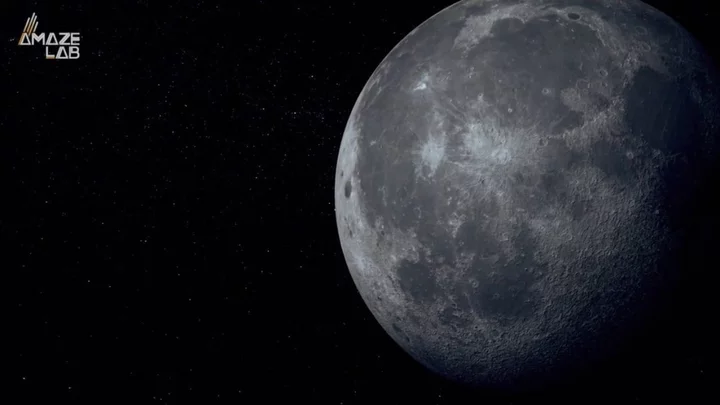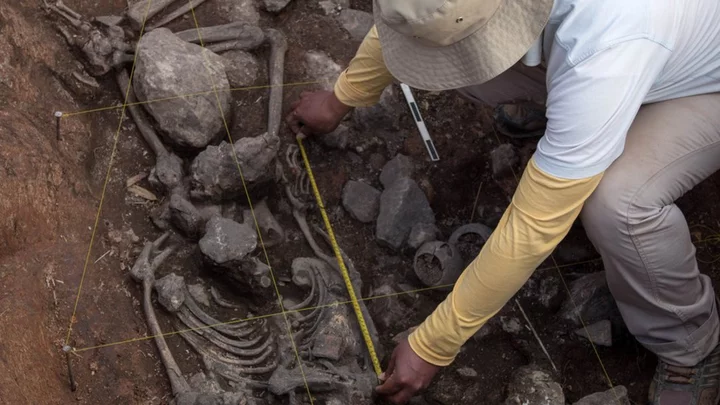The Moon has been a subject of awe and fascination for millennia, with its shape-shifting powers and enigmatic dark side.
And though it’s the one celestial body on which man has taken (small) steps, we still have big leaps to go in understanding its potential and uncovering its secrets.
However, one hidden feature of the Moon has been unearthed by scientists and it’s very, very big, and very, very heavy.
Buried beneath its South Pole-Aitken basin – one of the largest preserved craters in the Solar System – is a structure which weighs at least 2.18 billion kilogrammes and measures more than 300km (186 miles) in depth and 2,000km (1,243 miles) in length.
Sign up for our free Indy100 weekly newsletter
The researchers who made the discovery, all based in the US, posited that the “anomaly” could be made out of metal from the core of an asteroid or oxides from the crystallisation of a magma ocean.
"One of the explanations of this extra mass is that the metal from the asteroid that formed this crater is still embedded in the Moon's mantle,” lead author Peter B. James, from Houston’s Baylor University, said in a statement shared with IFLScience.
Illustrating just how gigantic this thing is, he went on: "Imagine taking a pile of metal five times larger than the Big Island of Hawaii and burying it underground. That's roughly how much unexpected mass we detected.”
The groundbreaking finding was made thanks to NASA’s Gravity Recovery and Interior Laboratory (GRAIL) mission, which measures changes in the Moon’s gravitational field.
Data collected by GRAIL can then be used to study the internal composition of our cratered companion.
The South Pole-Aitken Basin has been at the centre of numerous investigations because of just how unique it is.
The region offers clues both on the interior composition of our closest satellite and its history, and who knows what other mysteries it holds...
Have your say in our news democracy. Click the upvote icon at the top of the page to help raise this article through the indy100 rankings.









